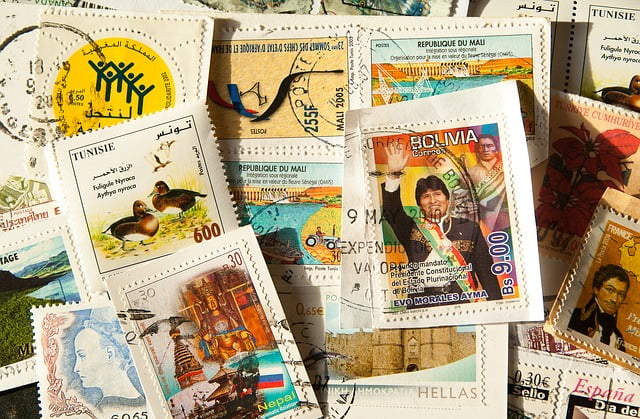Pollution in Mexico City | Spanish Language Blog
If you have ever flown into Mexico City, you have unfortunately seen the ugly thick layer of smog that covers it. Air pollution is something that has been plaguing Mexico City for many years now, and while there have been some efforts to diminish it, the air is just filthy. This week, the pollution levels were so high that the Department of Education (SEP) recommended canceling outdoor recess and limiting any activity outdoors.
Population and Geography
Pollution or contaminación in Mexico City began in the 1970s and 1980s. Mexican culture and government has been set up in a way that everything goes through the capital, whether you are talking about food and goods, government offices, headquarters of major companies, etc. Everything is centered around la Ciudad de México making it a magnet for people, cars and cargo. Because of this, the city has seen incredible growth with an estimated 25 million inhabitants with expected growth each year.
In addition to the high population, the city is also surrounded by mountains and dormant volcanoes such as the Popocatépetl and the Iztaccíhuatl. This creates a pot effect in Mexico City making it difficult for the air to flow and keeping the pollution concentrated in the valley. The combination of the geography and the growing población, make pollution a real problem for the inhabitants.
How is pollution measured?
The Índice de Calidad del Aire or the quality of air index is the way the quality of air in the city is measured. Each day measurements are taken to determine the status of the quality of air measuring five different contaminants. Using the measurement, the city is given a score on a scale of 0 to 500, 0 being the cleanest and 500 being the most polluted. With this number, the government can inform the population of the quality and decisions can be made.
A regular day in Mexico City equals a measurement of 51-100 and the only type of population that it warns are those at-risk. A bad day is from levels 101-150 and susceptible people such as babies, children, the elderly, and people with respiratory illnesses should limit the time they are outdoors.
On Monday May 13, the air levels surpassed 150 putting it in the very bad range which warns that everyone (susceptible or not) can feel the effects of the pollution. In my personal experience, you feel very very tired, almost lethargic with dolor de cabeza (headache), nariz y boca seca (dry nose and mouth) and just an overall sense of being unwell. People from susceptible groups will naturally feel worse.
Programs in Place
One of the most known methods to control pollution levels in Mexico City is the car verification system. Every so often, all cars that circulate in Mexico City need to be taken to a Centro de Verificación to be checked for emission levels. Depending on the results of this test, your car will be allowed to either circulate every day or have 1 or 2 mandatory rest days. This is meant to limit how many polluting cars are out and about and to encourage people to buy newer cars. Cars with out of state license plates are required to rest one day unless they do a voluntary verification to test emissions.
The car’s resting day is determined by the last number of the car plate. Números 5 y 6 rest on Monday, 7 y 8 on Tuesday, 3 y 4 on Wednesday, 1 y 2 on Thursday, and 9 y 0 on Friday. On Saturday, it alternates between pares e impares or even and odd numbers. Using your car on days when you are not allowed can result in very high multas or fines not to mention your car being towed and all the costs and hassle related to that. When pollution levels are significantly higher than “normal,” police tend to be more vigilant.
The city government also offers a reduction in property tax for buildings with certain ecological projects such as azoteas verdes or green roofs. There is also a push to make the city more bike friendly so that people will be less inclined to use their cars. There is a city-sponsored renta de bici or bike rental project throughout the city that lets you rent a bike at a very affordable price. Many private bike-rental companies have also popped up.
What is happening now?
Spring is always a difficult time for those who live in Mexico City. The air quality is at its worse and the heat just adds to the overall feeling of being unwell. Currently, there are several forest fires going on in Mexico and the toxins from that fire have reached the city. There were also a few fires within the city increasing the ash content in the air and raising all alarms. Because of the high levels of pollution, the city government activated what is called Contingencia Ambiental Atmosférica Extraordinaria or an extraordinary contingency with levels reaching 140 points. Police are on high alert checking that vehicles that do not have authorization are not on the roads, and the public is advised to limit outdoor activities as well as to report any signs of fire to authorities. The Secretaría de Educación Pública (education department) canceled classes for Thursday May 16 due to the unhealthy air quality.
Below is a video with some shocking footage of what the pollution looked like this past week.
How does your city tackle pollution? If you have been in Mexico City, did you feel the effects of the pollution?
Posteado en Spanish Articles (Facebook)




